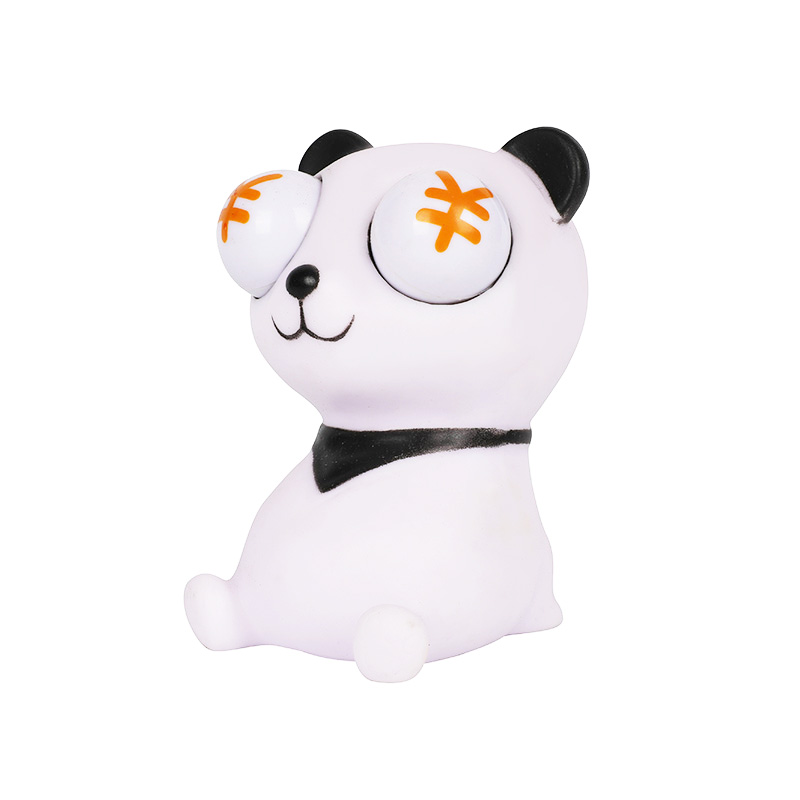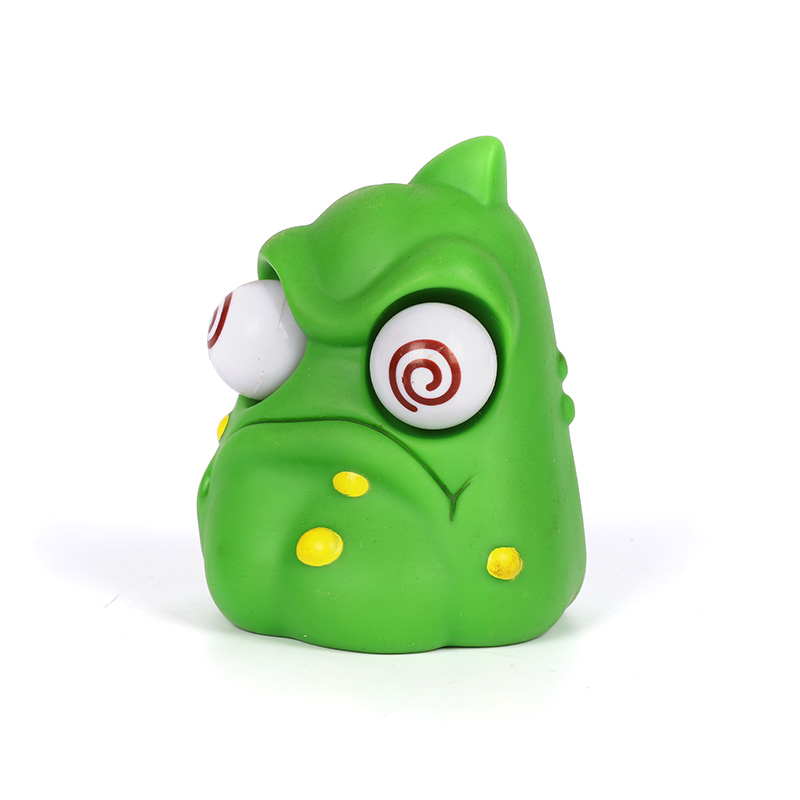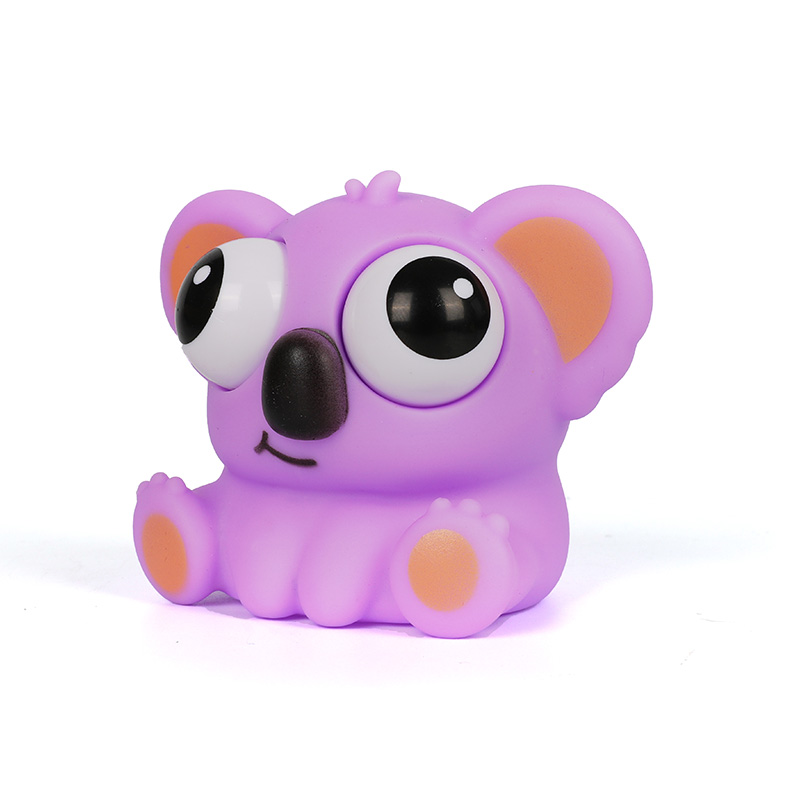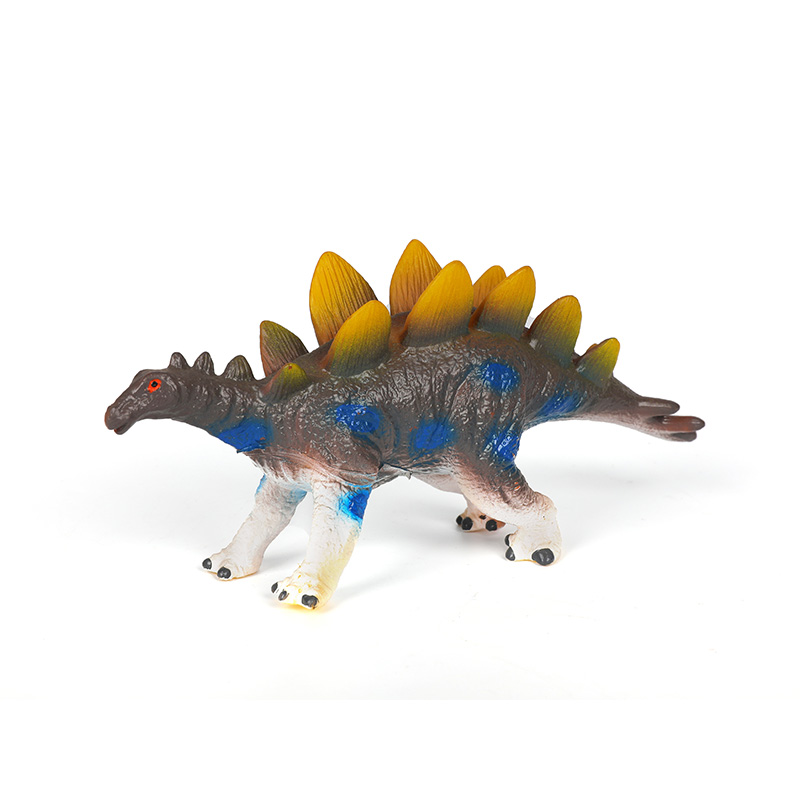- Type:
- Industry News
- Date
- 2024-Nov-22
Squeeze Bubble Ball: Safety Guidelines and Precautions
High Quality Bubble Squeeze Ball Maker
Squeeze bubble balls are popular toys that can provide hours of entertainment. However, it is essential to be aware of certain safety guidelines and precautions when using them to ensure a safe and enjoyable experience, especially when children are involved.
When it comes to children using squeeze bubble balls, supervision is of great importance. Adults should always be around when children are playing with squeeze bubble balls. This is because children may put the squeeze bubble ball in their mouths accidentally. The material of the squeeze bubble ball might not be suitable for ingestion, and swallowing parts of it can pose a choking hazard. So, an adult's presence can prevent such dangerous situations from occurring.
Another aspect to consider is the quality of the squeeze bubble ball. Before giving a squeeze bubble ball to a child, one should carefully examine it. Check for any signs of damage, such as cracks or holes in the ball. A damaged squeeze bubble ball can break more easily, and small pieces can come off. These small pieces can be a risk if they get into a child's eyes or are swallowed. If a squeeze bubble ball is found to be damaged, it should not be used and should be replaced with a new one.
The size of the squeeze bubble ball also matters. Small squeeze bubble balls are more likely to be swallowed by young children. Larger squeeze bubble balls are generally safer as they are less likely to fit into a child's mouth or be accidentally inhaled. When choosing a squeeze bubble ball for a child, it is advisable to select one of an appropriate size based on the child's age and development.
In addition to these, the environment in which the squeeze bubble ball is used is crucial. Squeeze bubble balls should not be used near stairs or in areas with a lot of hard and sharp objects. If a child were to slip or fall while playing with a squeeze bubble ball, the presence of hard or sharp objects could lead to more serious injuries. Also, playing with squeeze bubble balls on a flat and stable surface is recommended to prevent tripping and falling.
The cleanliness of the squeeze bubble ball is another factor. Since children often put their hands on the squeeze bubble ball while playing, it can get dirty easily. Dirty squeeze bubble balls can carry germs and bacteria. Regularly cleaning the squeeze bubble ball with mild soap and water can keep it clean and hygienic. This helps to protect children from getting sick due to contact with a dirty toy.
When multiple children are playing with squeeze bubble balls together, it is necessary to teach them some basic rules. For example, they should not throw the squeeze bubble balls at each other. Throwing squeeze bubble balls can cause harm to other children's eyes, faces, or bodies. Encourage children to play gently and share the squeeze bubble balls in a friendly manner.
Squeeze bubble balls are made of different materials. Some materials may cause allergic reactions in certain individuals. If a child has a known allergy, it is important to check the material of the squeeze bubble ball before allowing the child to play with it. For example, if a child is allergic to latex, a latex-free squeeze bubble ball should be chosen.
In conclusion, squeeze bubble balls can be a great source of fun for both children and adults. However, by following these safety guidelines and precautions, we can ensure that the use of squeeze bubble balls is a safe and enjoyable activity. Whether it is about supervising children, checking the quality and size of the squeeze bubble ball, considering the environment, maintaining cleanliness, teaching proper play rules, or being aware of potential allergies, all these aspects contribute to a safe experience with squeeze bubble balls.


 English
English
 English
English русский
русский Español
Español











